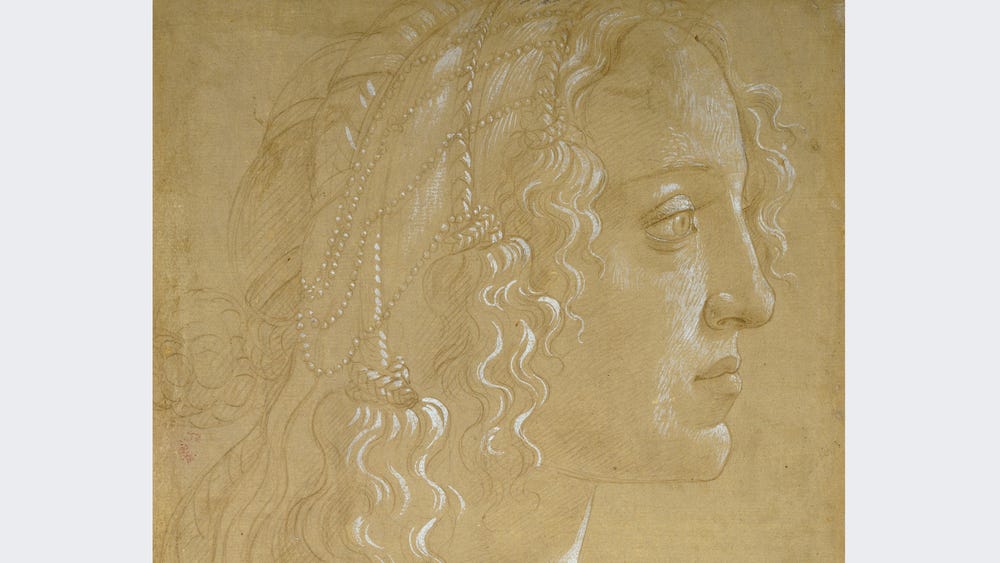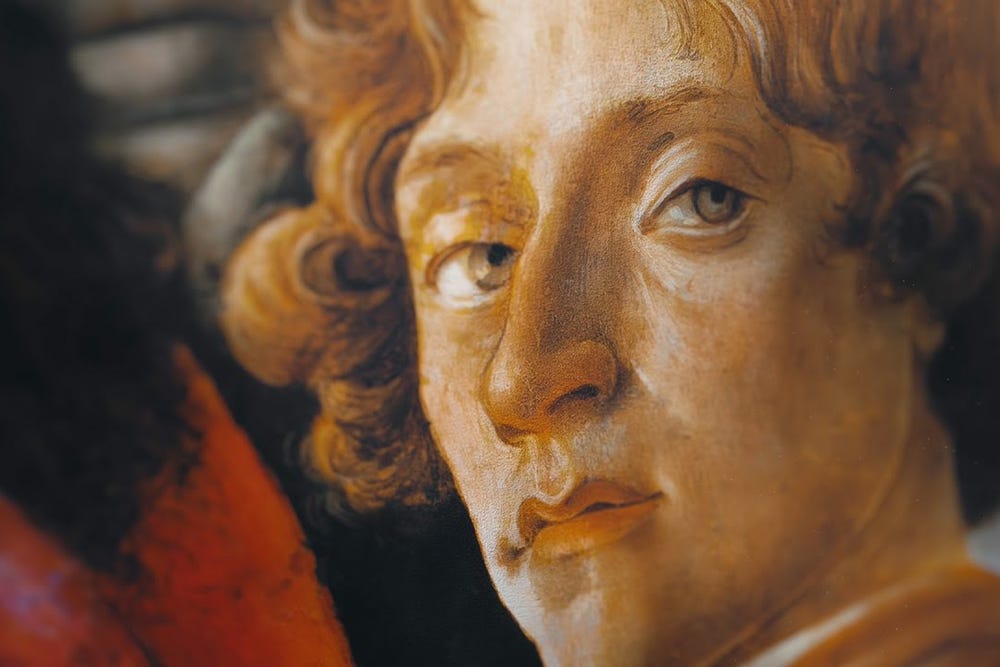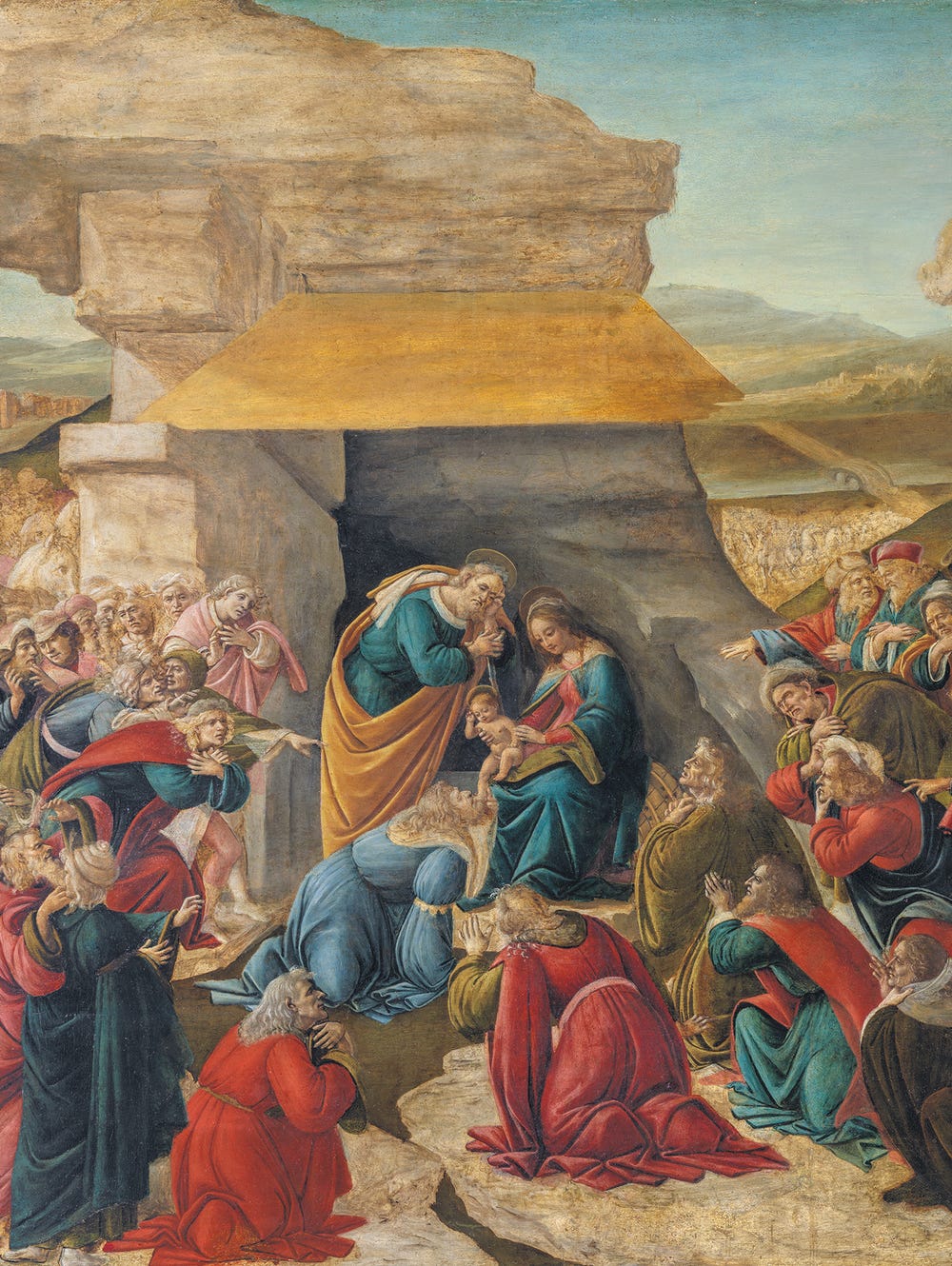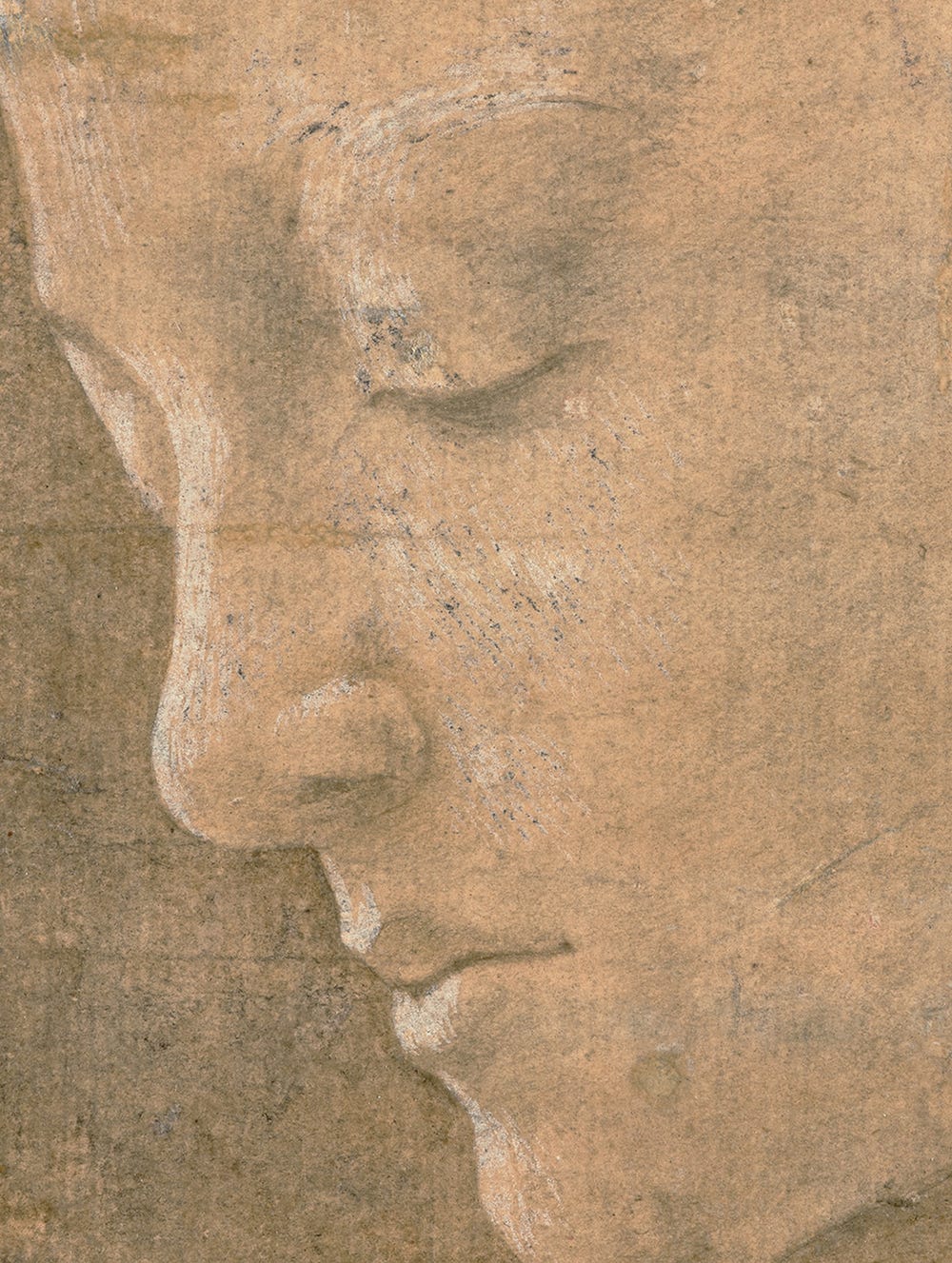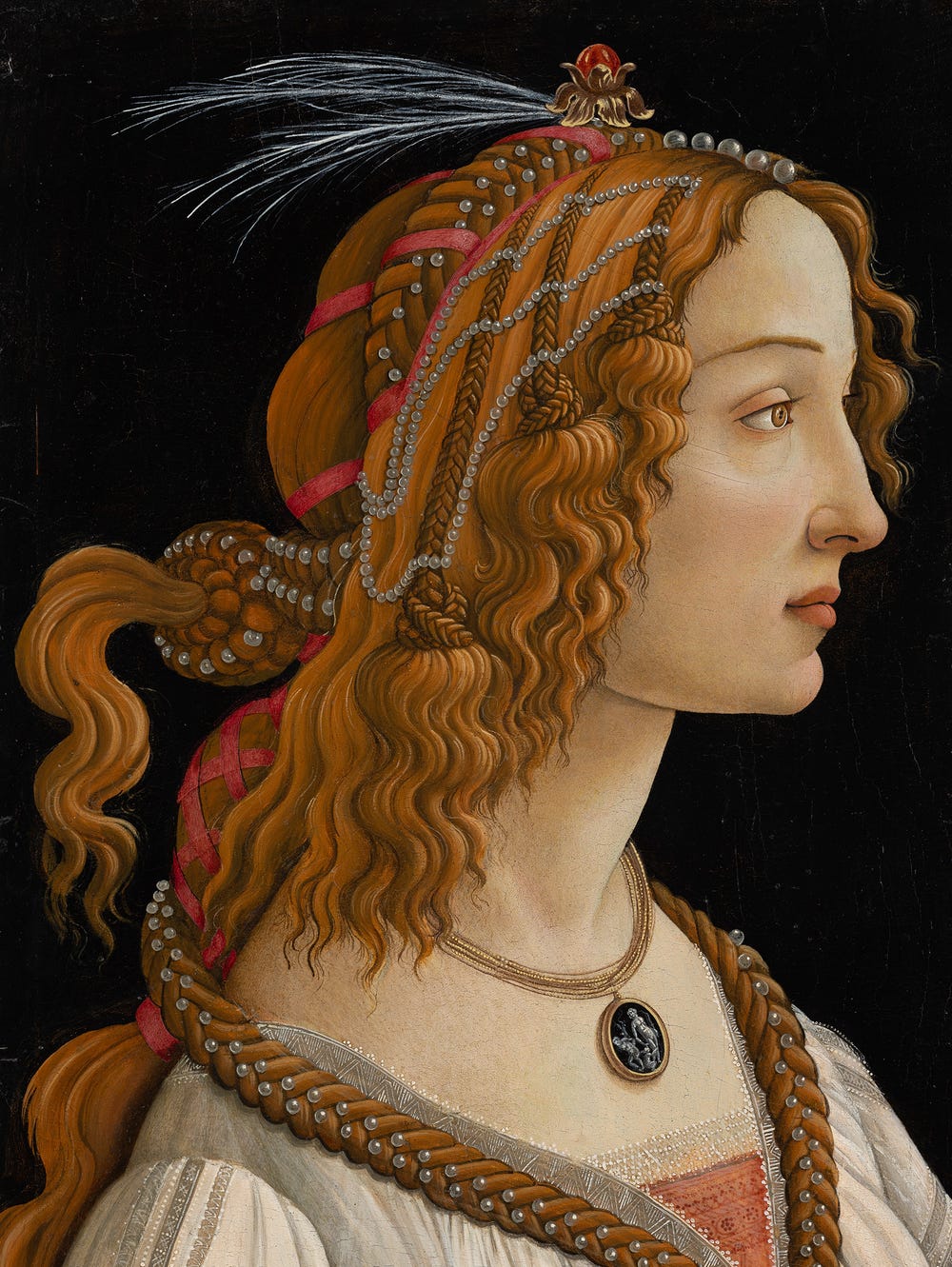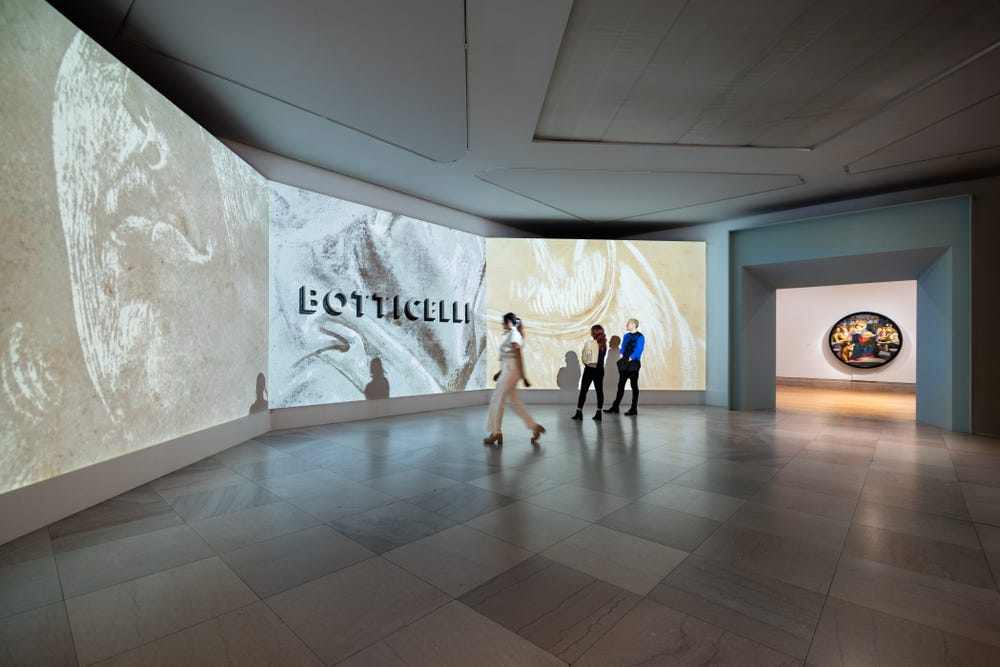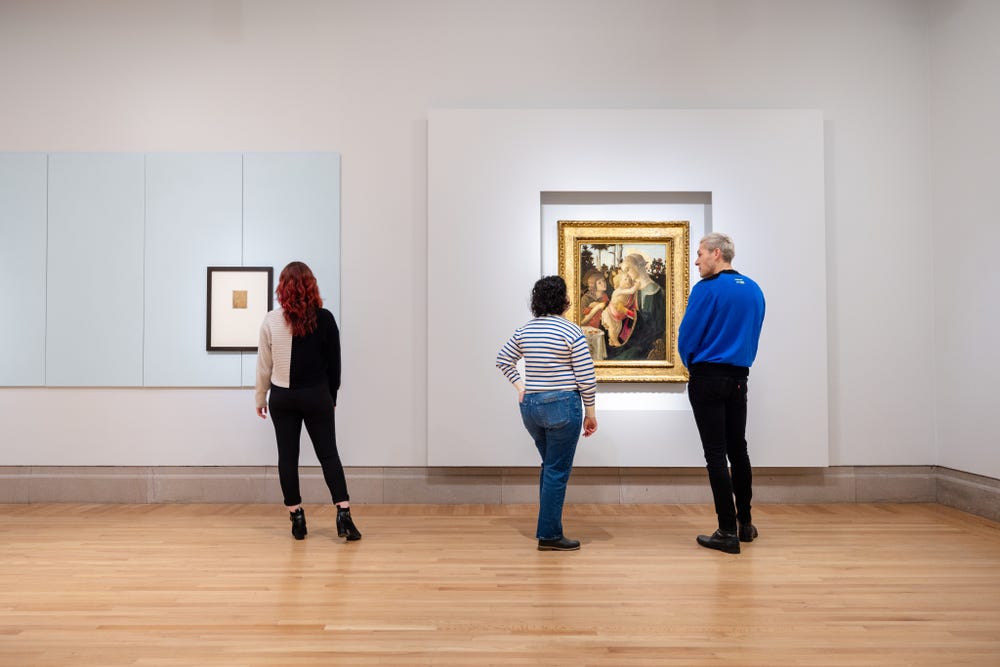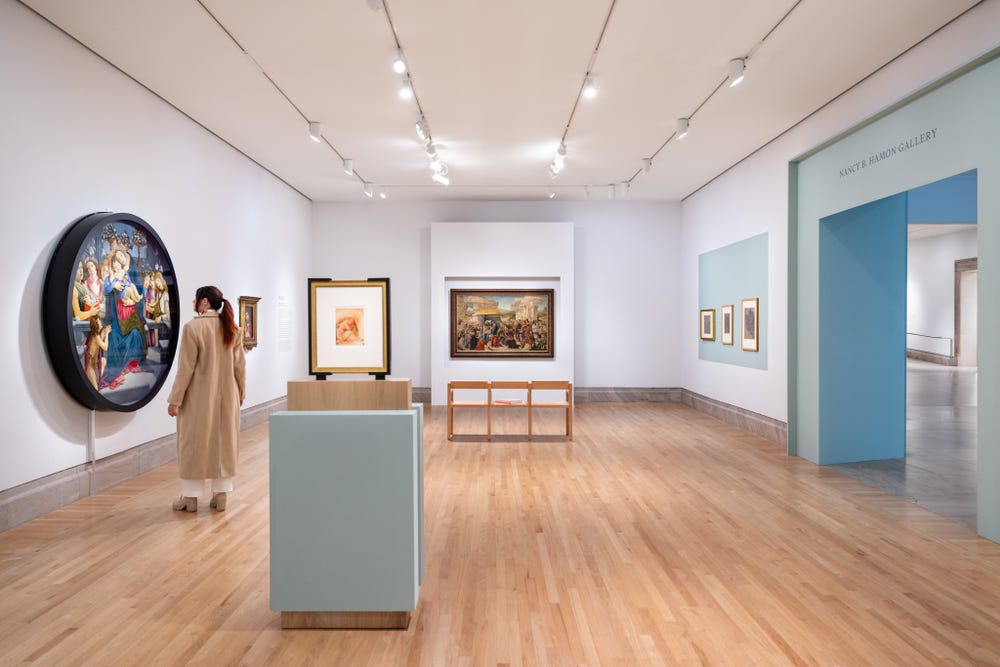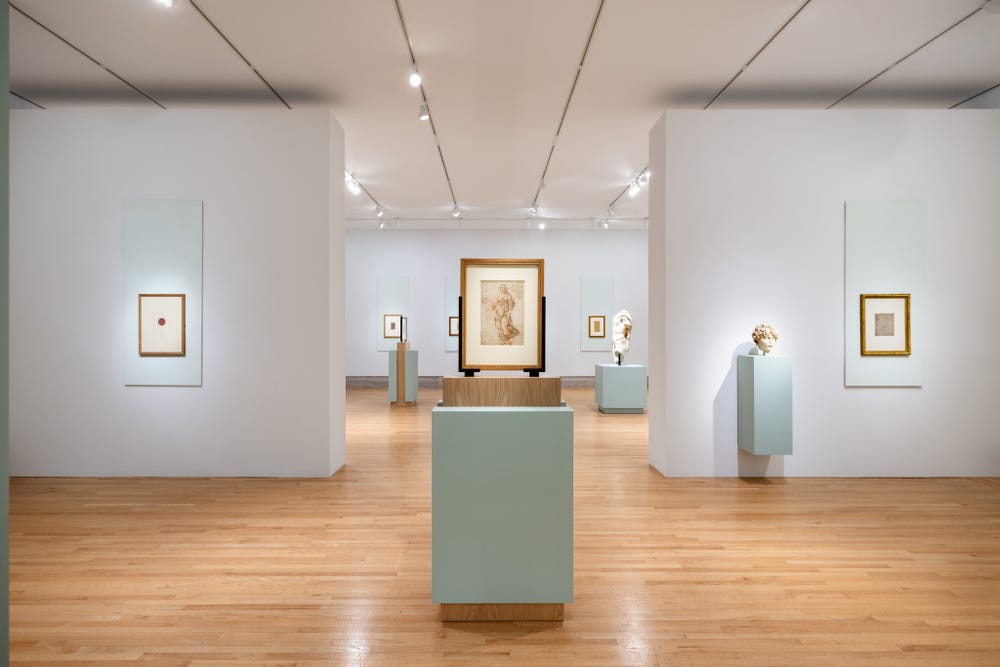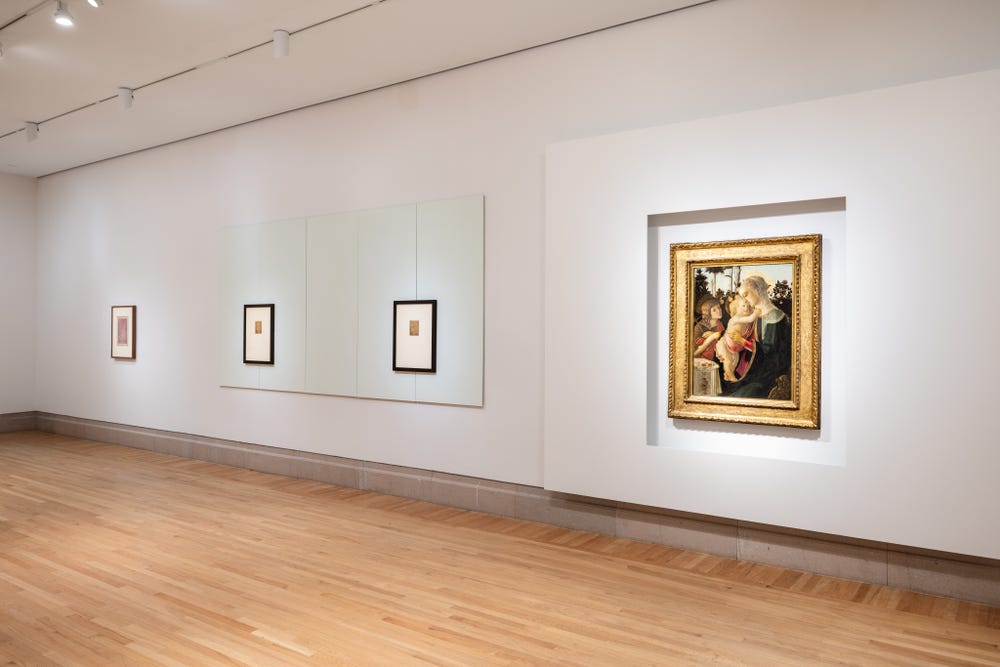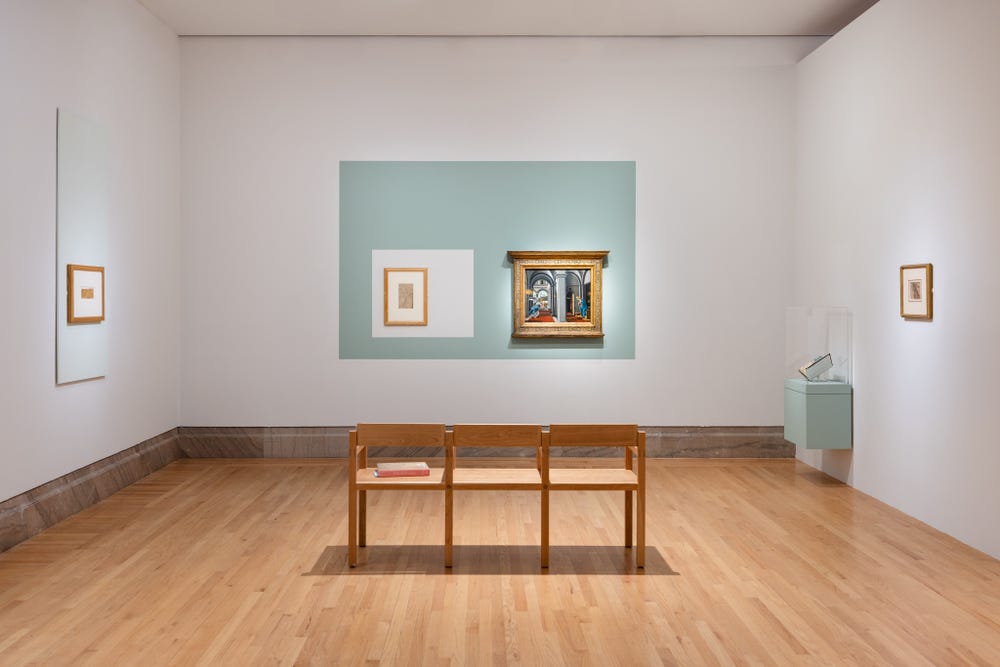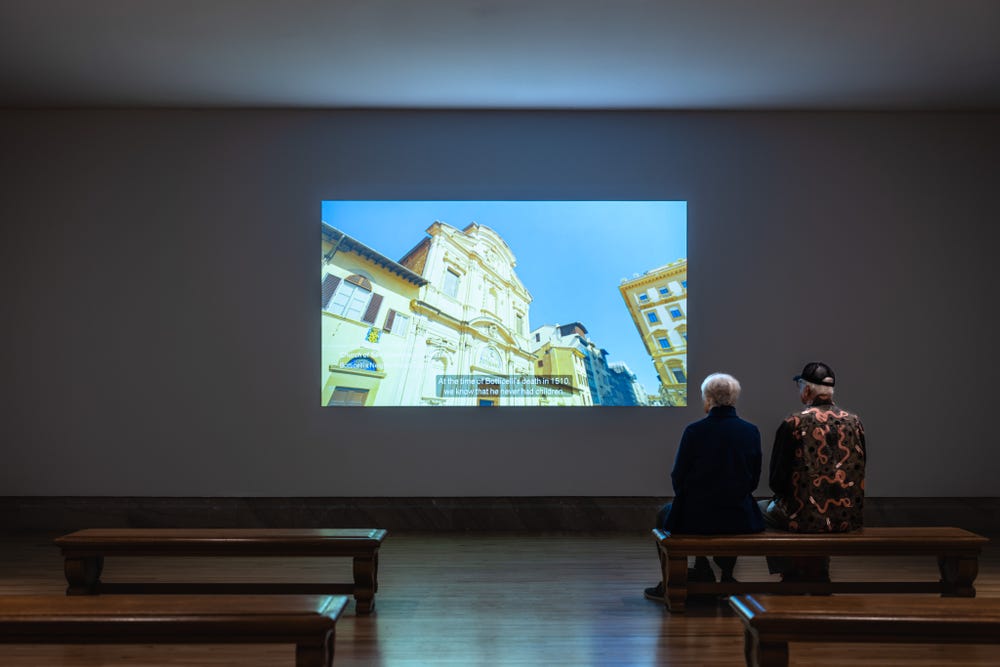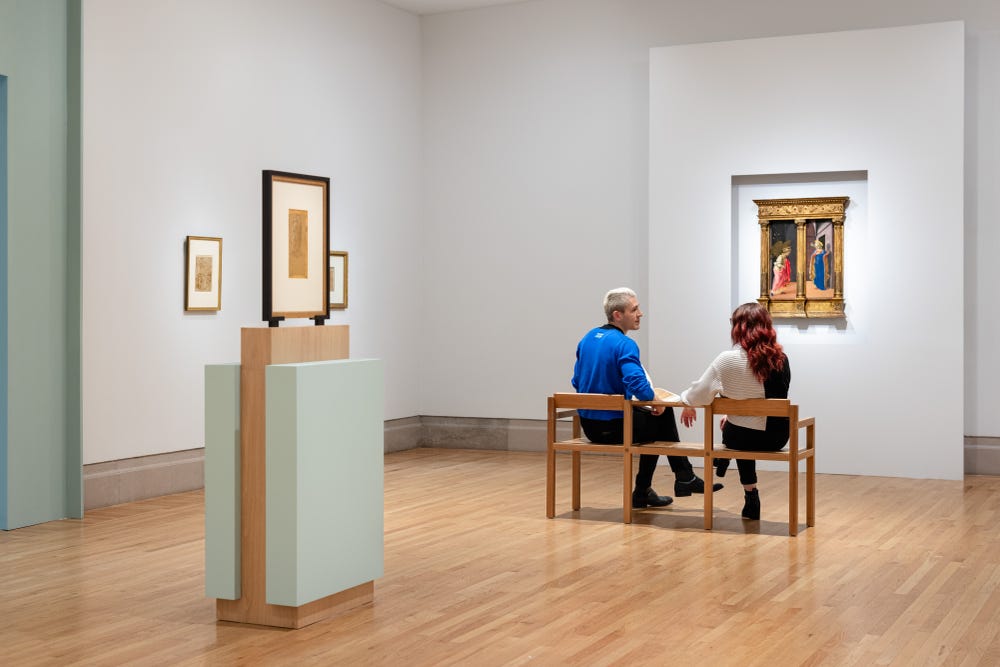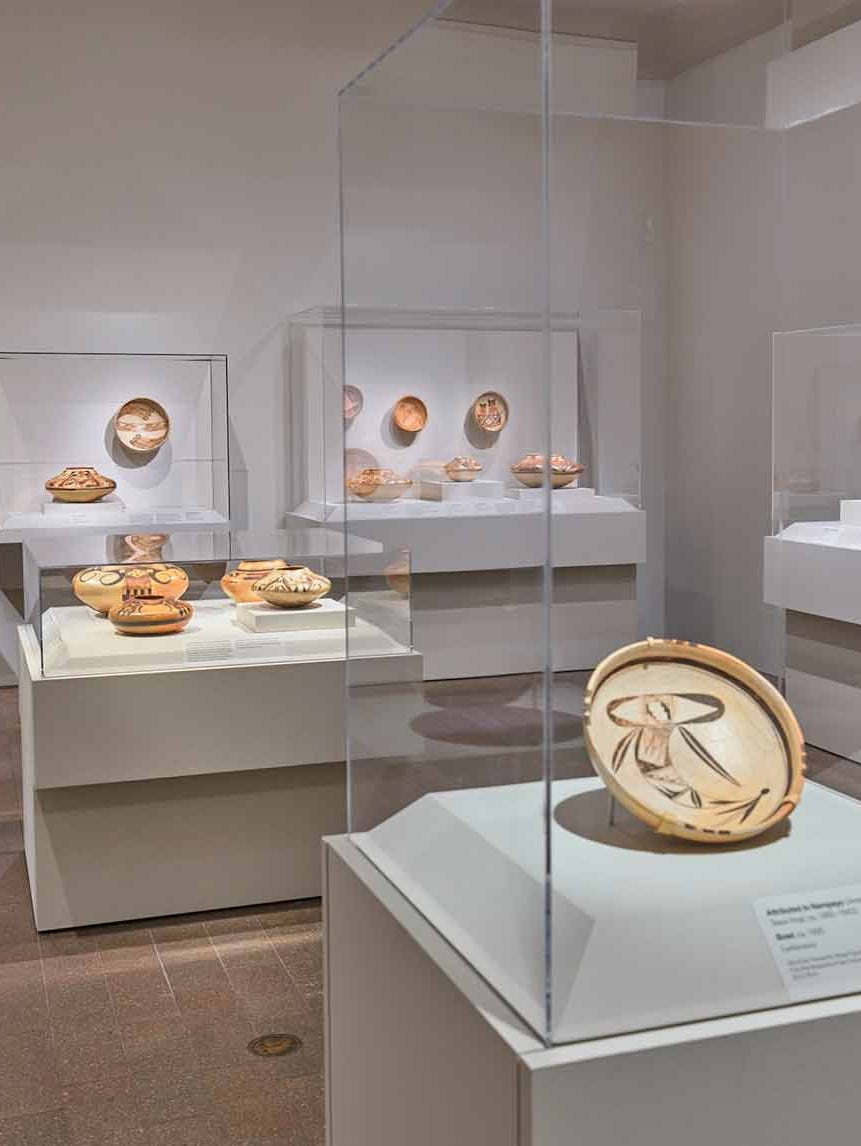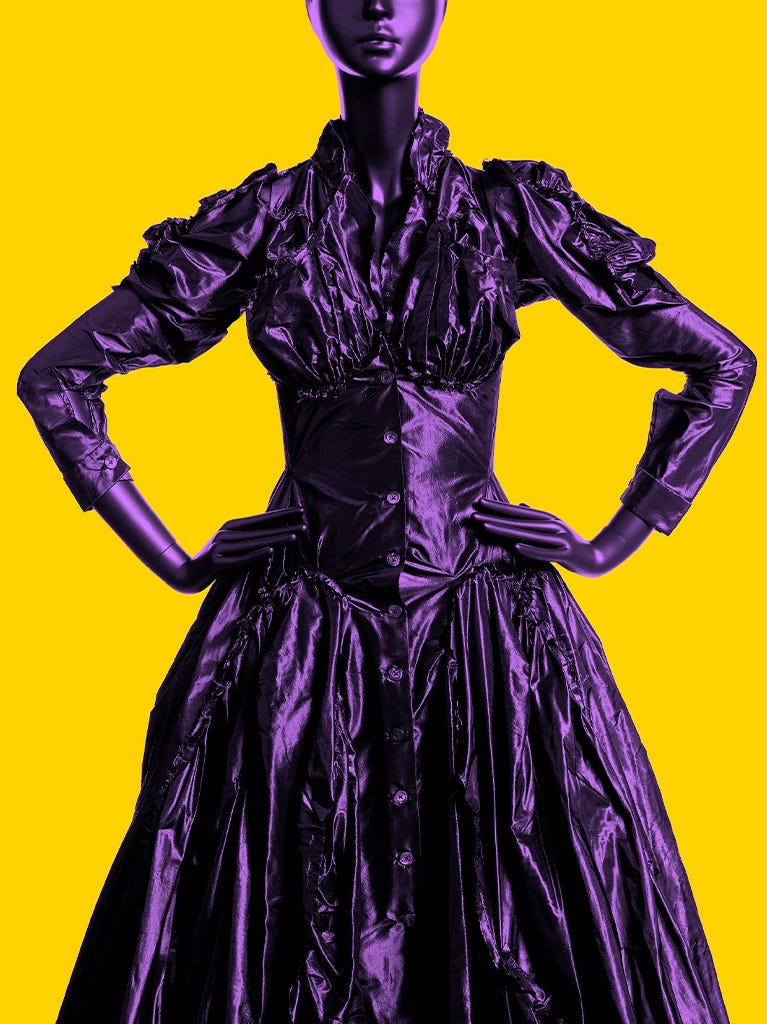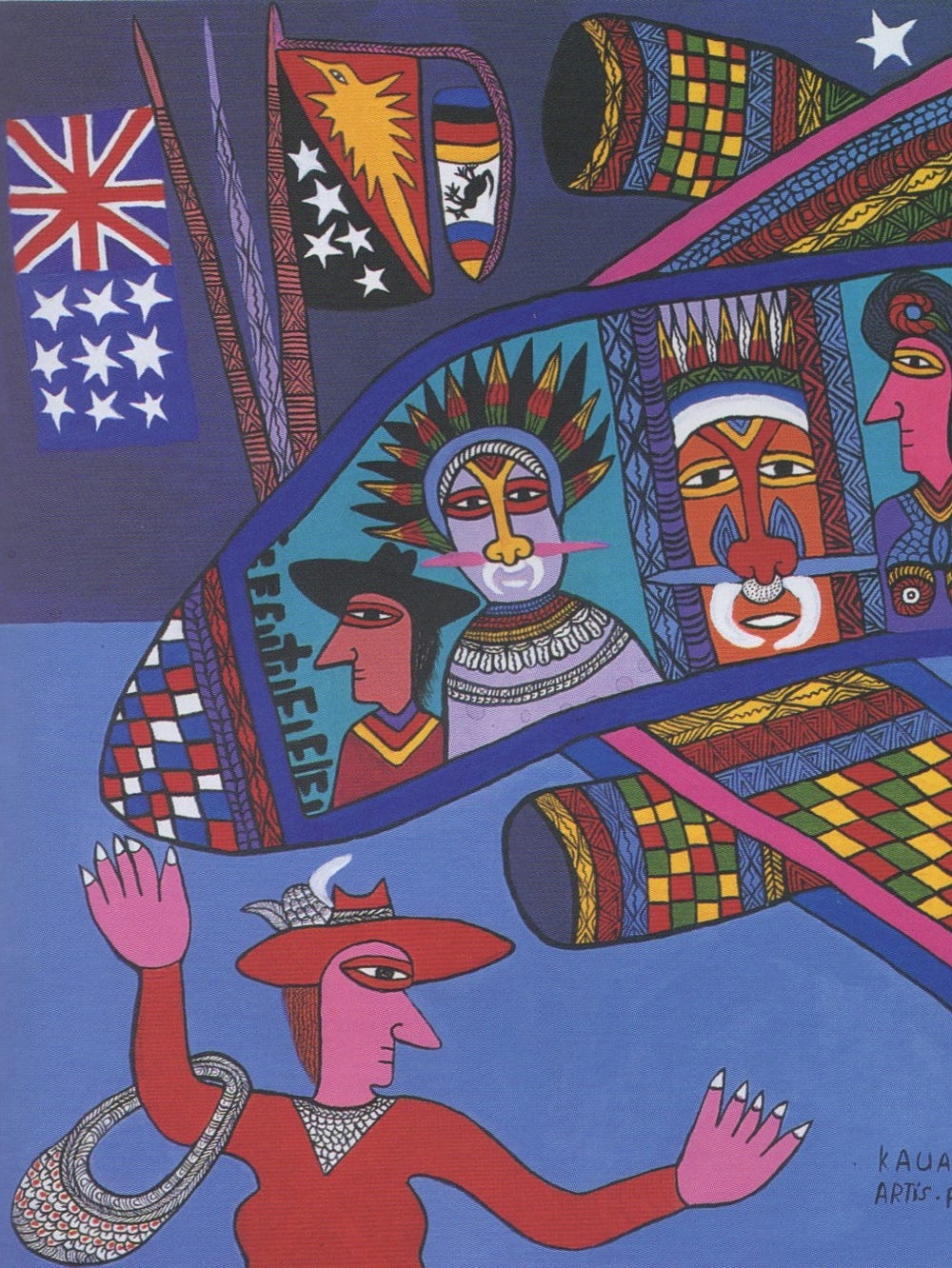Sandro Botticelli, Study for the Portrait of a Lady in Profile to the Right (detail, recto), ca. 1485. Silverpoint, heightened with white, on yellow-ochre prepared paper (recto), 13 3/8 x 9 in. (34 x 23 cm). The Ashmolean Museum of Art and Archaeology, Oxford, UK, WA 1863.613
Botticelli Drawings
Botticelli Drawings is the first exhibition ever dedicated to the drawings of Renaissance artist Sandro Botticelli (ca. 1445 – 1510). Exploring the foundational role drawing played in Botticelli’s work, the exhibition traces his artistic journey, from studying under maestro Fra Filippo Lippi (c. 1406 – 1469) to leading his own workshop in Florence. Featuring rarely seen and newly attributed works, the exhibition provides insight into the design practice of an artist whose name is synonymous with the Italian Renaissance. Botticelli’s drawings offer an intimate look into the making of some of his most memorable masterpieces, including Adoration of the Magi (c. 1500), which will be reunited with its preparatory drawing, surviving only in fragments. From Botticelli’s earliest recorded drawings through expressive designs for his final painting, the works on display reveal the artist’s experimental drawing techniques, quest for ideal beauty, and command of the line.
In depth
Alessandro (Sandro) Filipepi was born in Florence around 1445. He was already known as Botticelli during his lifetime, having inherited the nickname from an older brother called “Botticello” — meaning “small bottle” or “cask,” the name probably alluded to a love of wine, a large belly, or both. In the early 1460s, when Botticelli was about 15, his father had him begin to train with Fra Filippo Lippi, the favorite painter of the Medicis (the ruling family in Florence). Botticelli’s earliest surviving drawings attest to his strong reliance on Fra Filippo’s formal and technical methods.
In the news
-
Veronica Esposito, Guardian
Whether . . . running to announce the incarnation of Jesus Christ or hefting high a decapitated head, the subjects of Botticelli’s drawing seem to be dancing, moving with a fluidity and lithe presence.
-
Karen Rosenberg, New York Times
Resisting the pressure to blockbusterize Botticelli, this exhibition is true to the material (which is limited in quantity; fewer than three dozen of the artist’s drawings are known to survive) and to Botticelli’s quirks (which are manifold).
-
Cammy Brothers, Wall Street Journal
The Legion of Honor is the show’s only venue, and for lovers of Botticelli it has made itself a destination rivaling Florence.
Film
Stories
Gallery
Sponsors
This exhibition is organized by the Fine Arts Museums of San Francisco.
Presenting Sponsors
John A. and Cynthia Fry Gunn
Diane B. Wilsey
Barbara A. Wolfe
Major Support
Roger Thomas and Arthur Libera
Wolfgang Ratjen Stiftung, Liechtenstein
Significant Support
Gretchen B. Kimball
Generous Support
Bettina S. Bryant
Christie’s
The Harris Family
Edina Jennison
Samuel H. Kress Foundation
The Robert Lehman Foundation
Maria Manetti Shrem
Lynn and Edward Poole
Mary Sauer, Robert Doris, and Annie Doris
The Tavolozza Foundation
David A. Wollenberg
Zenni.com
Additional support is provided by The Achenbach Graphic Arts Council, Luanne and Pete Andreotti, Alexandria and Dwight Ashdown, Sandra Bessières, Consulate General of Italy in San Francisco, Robert Dance, Stanlee Gatti, Italian Cultural Institute San Francisco, Wendy W. Kwok and family, Moretti Fine Art, Jan and Bob Newman, Christina Ongerth, Parida Saennam and Austin Ligon, Sheila Wishek, and Andrea Woodner.
This exhibition is supported by an indemnity from the Federal Council on the Arts and the Humanities.
